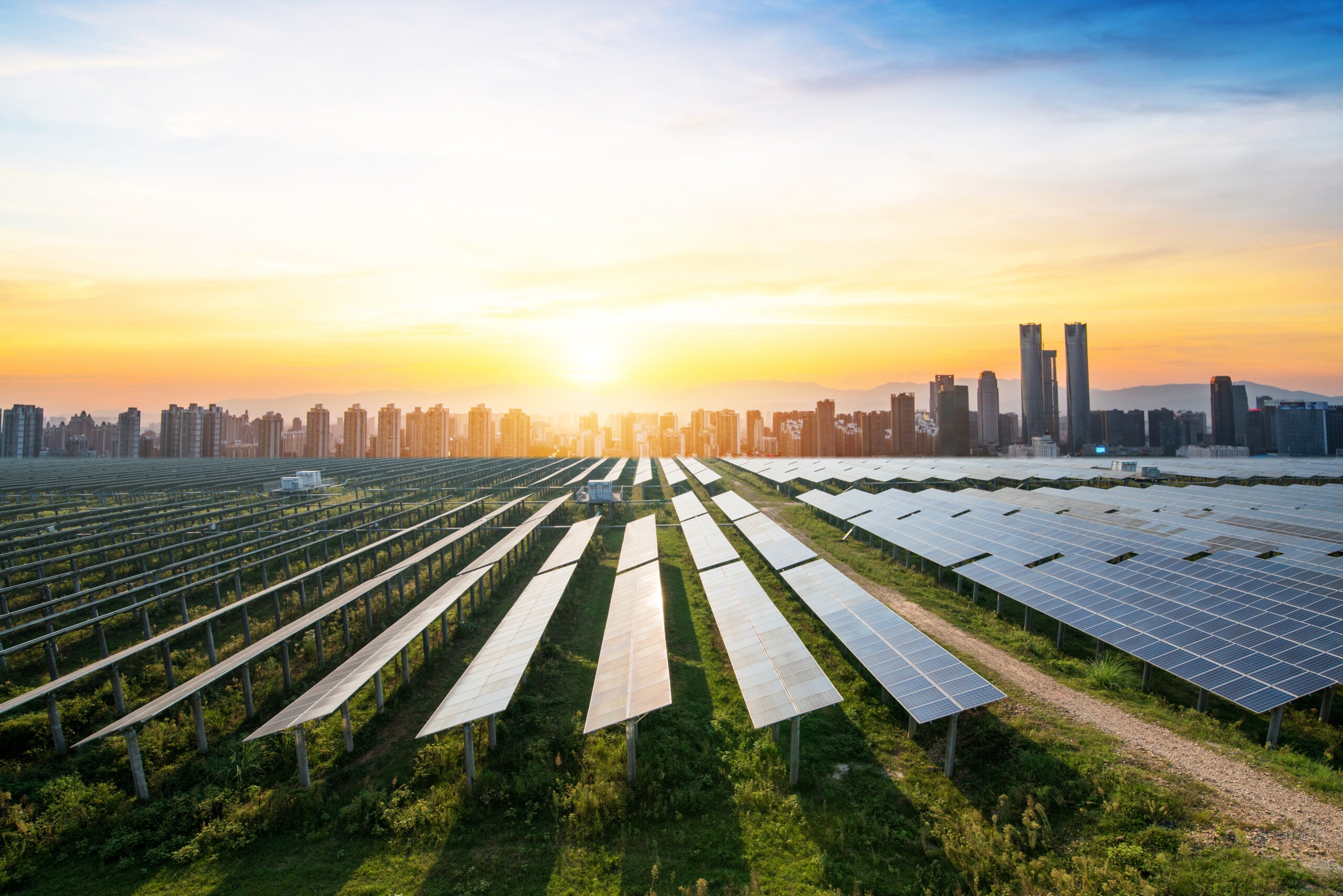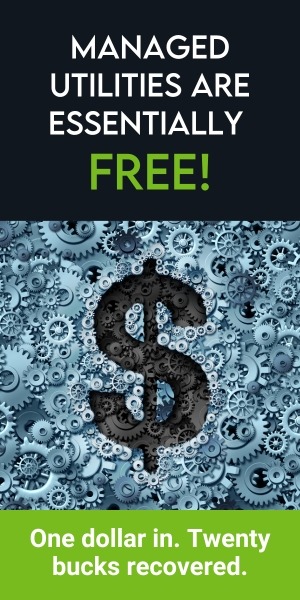The global impact of the Covid-19 pandemic is one that will be felt for decades to come. Many world economies have been left reeling, while the way we as a society socialize and do business has experienced a staggering shift. World energy production has likewise been affected; urgent demands elsewhere have pulled public attention away from clean energy technologies. This could create significant energy and conservation problems going forward.
However, as we work together to move past the struggles of 2020, we have every reason to be optimistic for the future. Here, we take a look at several primary energy trends set to take hold in 2021 – and beyond.
Solar Trends
A major energy technology taking hold around the world is solar power. And while the number of residential solar installations in the U.S. dropped by about 20% between the first and second quarters of 2020, as quarantine orders relaxed, solar power saw a rebound. Rooftop solar installations increased 9% in Q3 2020, and 9.5 gigawatts (GW) of new utility solar-panel purchase agreements were announced. It’s currently estimated that the U.S. added 19 GW of solar power by the end of 2020, setting new records for solar use. By Q4, solar power accounted for 43% of all new electricity-generating capacity in the U.S.1
2021 will likely continue this shift towards solar power. And as global electricity demand sees a surge of about 60%, many previously untapped areas will begin to embrace solar solutions to meet growing needs. However, recent problems at factories producing polysilicon (a crucial component in the construction of solar cells) may lead to rising prices. These increased costs may be offset by strong federal policies, such as the Solar Investment Tax Credit.2 With renewed capabilities, mounting global interest, and constantly improving technology, solar is poised to become the world’s most productive renewable energy source in the coming decade.
Wind Power Trends
COVID-19 disrupted a high number of clean energy projects, including new wind-power installations around the world. However, despite setbacks, wind energy continued to grow throughout 2020. New wind turbine energy-generating capacity accounted for over 23 GW in the United States alone, setting new records and completely eclipsing 2012’s previous record of 13.2 GW.3
2021 will see not only more of a focus on wind-turbine power, but also a new interest in improving turbine power-generating capacity. GE has plans to fully deploy the Haliade-X wind turbine at Rotterdam Harbor in the Netherlands. With a power output of 12-13 megawatts (MW),4 it produces 45% more electricity than any of the other offshore turbines currently in use.5 And it’s not just major players that are driving upward trends in wind power; the small wind power market is growing as well. Valued at 9,423.13 million USD in 2018, it’s now projected to reach 23,485.13 million USD by 2025.6
Clean Energy Enthusiasm
The Covid pandemic wasn’t the only stumbling block for clean energy initiatives in the last few years. The previous U.S. administration was divided on clean energy initiatives, taking steps to forestall renewable energy advancements, and making effort to cut funding for Department of Energy programs supporting research and development of clean energy technologies. But with a new president in office, enthusiasm for clean energy is on the rise.
President Biden has made clean energy a major focus of his presidency, laying the groundwork to allow the U.S. to achieve a 100% clean energy economy and reach net-zero emissions no later than 2050.7 As this push gains steam, along with the laws, measures, and orders that support it, expect public opinion to grow in support of clean energy initiatives.
Renewable Energy Rebound
Global disruption of economies and supply lines forced many renewable energy projects into indefinite hiatus. However, many of these projects were already fully funded before the shutdown, making it a relatively simple matter to resume construction and move forward. As these projects come online, expect a rebound in renewable energy capabilities.
But while 2021 will see a return to 2019 renewable energy capacity, it will still fall short of IEA energy forecasts. Energy consumption in the U.S. will likewise rebound; after falling 3.8% in 2020, the IEA predicts that it will grow by 1.6% in 2021, and then grow an additional 1.7% in 2022.8 As energy demands increase, renewable energy projects will need to keep up.
Reduced Rates
Reduced energy demand during 2020 led to reduced energy rates. And, as energy demand normalizes, rates will also start to climb. That said, the increase will not be as dramatic as it has traditionally been in years past. Residential electricity is expected to increase by only 2.8% between 2020 and 2021.9 Retail electricity prices will see a similar increase.
However, as more and more areas and energy suppliers adopt feasible renewable energy options, these rates will likely slow, or even reverse, their climb.
Conclusion
2020 saw major changes in energy production and demand, and it’s unlikely that 2021 will bring us back to the place where we were before the pandemic. But that may be a good thing. With renewed interest and determination, backed by government support, the U.S. is poised in the next year to make significant strides towards clean energy and renewable resources. And that’s a trend we can all get excited about.
Conservice can help evaluate your energy usage based on actual data, so that you can invest in sustainable options that work for you. Click here to learn more.






